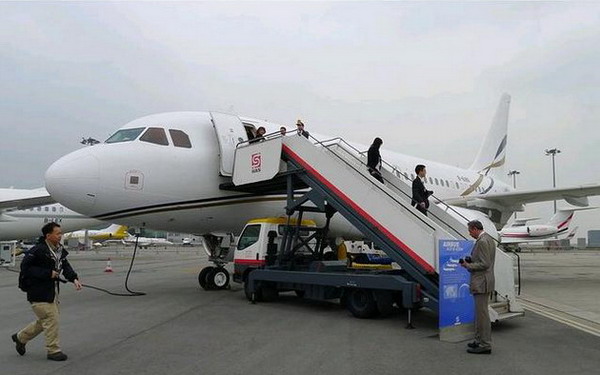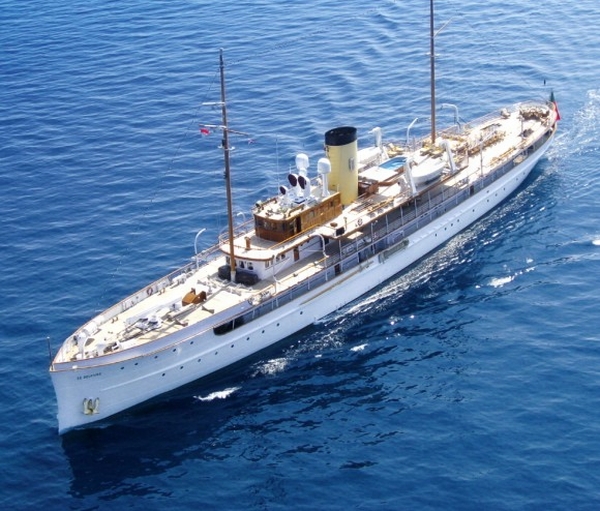China appears to have become the go-to market for the international luxury industry. And even the private jet industry is making a beeline for the fast-growing nation. The hangar space is a hurdle, as is corruption and high import duties, but there is optimism in the air. In March, the Asian Aerospace International Expo and Congress in Hong Kong held a private convention for private aviation – a first in the region – showcasing a line of 17 planes. This was followed in 1-4 April by the second annual Hainan Rendez-Vous in Sanya. The wealthiest Chinese individuals were flown in on private jets for the four-day event where 10 planes were on display.
The reason why the industry is headed east is because of the year-on-year growth. Taking 2005 as the base year, there has been double-digit growth in the Asia-Pacific. And China is leading this growth. In 2008, the country boasted of 32 registered jets. The number grew to 56 by end 2010. Predictions suggest that the country will see 60 new registrations in 2011. Similar figures hold true for business aircraft in Hong Kong. The number rose from 10 in 2008 to 25 in 2010.
The geographical locations of the person who buys a private jet are changing. They are no longer limited to the western world. Francois Chazelle, VP of world sales for private aviation at Airbus, says that Chinese buyers are looking at buying a private jet as a luxury lifestyle purchase. This is in stark contrast to the situation in the United States where the big buyers are corporate houses rather than wealthy individuals.
However, this China expansion for the private jet industry is not going to be easy going. Lack of space and airports is the first big hurdle. Most of China’s airspace is limited to commercial flights. Plus, only 46 airports service planes registered abroad. Plus, there is extensive paperwork to be done. In fact, there is also a requirement that fliers need to inform a week ahead of any planned landings, something that is tough to do for the jet-setting pack.
But there is good news on the horizon. The country has announced plans of pumping in some 1.5 trillion yuan (US $230 billion) to build 45 new airports in the next five years. Plus, airspace below 4,000 metres has also been opened up to make space for more operators.
Already, aviation company Airbus is looking to tap into the Chinese buyer’s love for big things. It is planning on selling five new wide-body jets per year in China, each with a price tag of $50 million and above. In the meanwhile, it has also introduced a private jet cabin concept named Phoenix that is aimed at Asian customers. Even Canadian company Bombardier hopes to sell 600 business jets in China between 2010 and 2019. Bombardier’s Asia-Pacific VP David Dixon revealed that China is the company’s single largest buyer.
Of course, this is just the beginning. Much more lies in store as the private jet industry spreads its reach in China.





